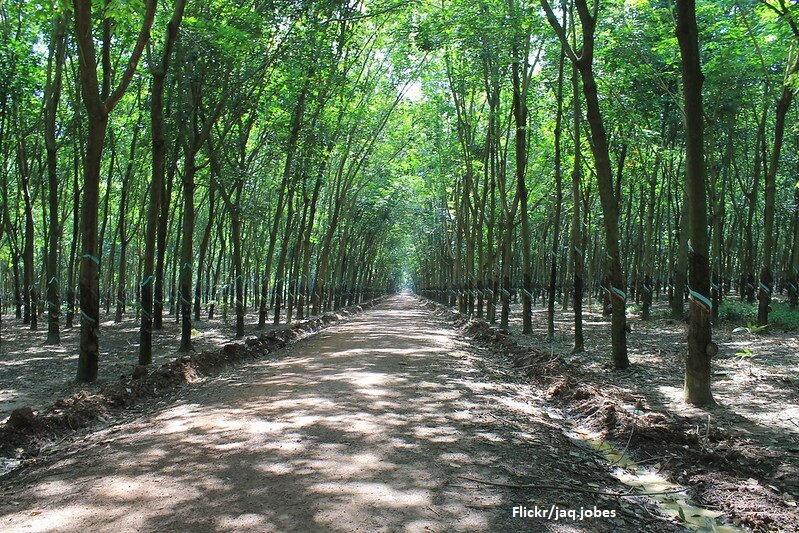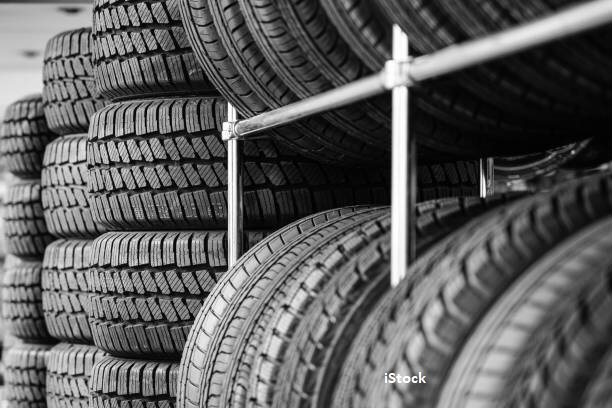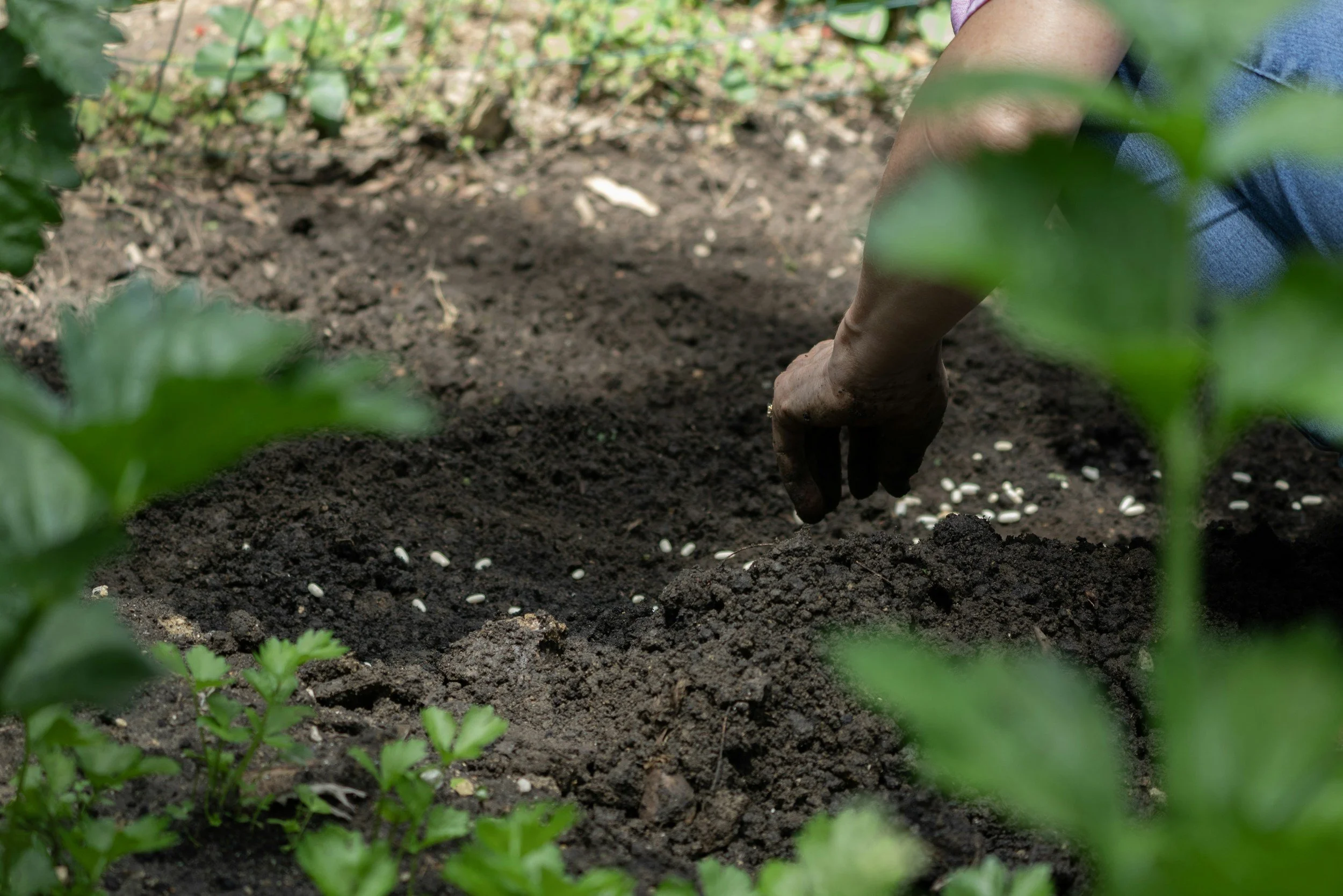From Black to Green: How Tires are Shifting to Eco-Friendly Materials
/There are several components in a vehicle that contribute to the damage those machines inflict on our planet. However, one of the main parts that have a significant effect is tires. Their driving functions are connected to an automobile’s fuel usage and can also contribute to waste that can harm the environment if they’re not addressed.
Hence, tires are integral to the achievement of building a more sustainable world that utilizes automobiles. Top manufacturers worldwide are continuously studying to find ways to produce tires that enhance car performance while lessening their environmental impact. That’s how valuable they are in pushing for environmentalism in the auto industry.
Globally, many tire manufacturing companies have been making efforts to switch to sustainable designs for the past several years. The first step they took is the introduction of renewable and sustainable materials for manufacturing their products. Here are some of the ways in which they are shifting tires towards more eco-friendly materials.
Enhancement of natural rubber sustainability
Tires are made of synthetic rubber, which isn’t the most eco-friendly material in the world. That’s why tire manufacturers are putting efforts into sourcing sustainably transformed raw materials. Most of them now source natural rubber, which is the eco-friendly version of the primary raw material they need.
The tire industry consumes billions of the world’s natural rubber, and small farmers produce around 85% of that total. Therefore, enhancing natural rubber’s supply chain is a priority to help the tire industry get a healthy amount of this eco-friendly raw material. That’s why the Global Platform for Sustainable Natural Rubber (GPSNR) established a platform in 2018 to define sustainability for the natural rubber value chain.
The GPSNR platform’s definition ensures the natural rubber value chain’s economic, social, and environmental sustainability to maintain enough supply for the tire industry to access. On the manufacturer’s side, most of them don’t own or control natural rubber farms and processing plants, so they’ve taken the initiative to only insist on working with suppliers that adhere to environmental and sustainability principles. That is tire manufacturer Pirelli’s approach to practice responsible sourcing with their “Sustainable Natural Rubber Policy.”
And even though most companies don’t control or own rubber tree farms, many of them are active in natural rubber tree agriculture. For example, some manufacturers are working on developing plantations by planting rubber trees on previously marked areas to reverse deforestation. In contrast, others partner with a plantation to help spread best practices for responsible and sustainable rubber tree planting. All of their efforts aim to increase yield and find other varieties of rubber trees that they can use to make tires.
There are also ongoing studies to search for other sources of natural rubber to prepare for possible interruption of rubber tree production due to climate change or natural disasters. For example, Pirelli has successfully produced a prototype ultra-high-performance (UHP) tire made out of an Italian plant called guayule. At the same time, Continental Tire AG partnered with research organizations to make and test natural rubber derived from Russian dandelions.
Using other renewable raw materials for tire construction
The tire industry also utilizes renewable materials for tire construction to make more durable products with less environmental impact. Some companies started by replacing rubber with synthetic rubber that incorporates silica. Silica in synthetic rubber help replace rubber in tire treads, reduce rolling resistance or road friction, and reduce energy consumption when driving.
However, synthetic rubber is made of monomers derived from a natural resource: petroleum oil. Thus, that urged more companies to research using other alternatives as a substitute for petroleum oil. As a result, manufacturers are now extracting oils from alternative natural resources such as sunflowers and natural latex rubbers such as green waste or organic waste that comes from plants.
Green waste from plants can be used to make bio-butadiene, which is another type of synthetic rubber. Other than substituting raw materials for synthetic rubber production, tire manufacturers are also enhancing their tread compound to increase tire resistance to puncture. Triangle Tires Philippines have been practicing this to lengthen tire life and meet their customer base’s criteria.
Recycling and converting waste into usable raw materials
Recycling also serves as a big help in sourcing alternative materials for manufacturing tires. Aside from green waste, other common waste sources can also be recycled to produce tires. Doing this contributes to minimizing waste and reducing pollution while also adding to more alternatives for eco-friendly tires.
Plastic is a good waste material that companies can recycle to make tires. Water bottles, juice containers, and cooking oil containers can be broken down with enzymes into base monomers. Their remaining components can also be reformed into materials such as polymer tire reinforcements.
Other than plastic, polystyrene is another waste source that can be recycled into tires by mechanically breaking it down into a powder. The powder is then heated until it becomes styrene, which will be added to bio-butadiene to create synthetic rubber. Doing this can lead to recycling 80,000 tons of polystyrene waste into tires.
Tire manufacturer Michelin plans to use 90% of recovered materials to recycle them into tires and other rubber-based products. They’re continuously researching this matter, which could lead to the recycling of more than four billion plastic bottles each year. Also, the use of tire recycling technology can make everything in tires reusable, which will reduce tire waste.
Apart from using polystyrene, which is used for making foam for disposable food containers and packaging, commercialization of technology is also being pushed for recycling discarded materials to make tires. Using existing technology we have today to make silica filler from discarded rice husks can help increase tire stiffness. Silica fillers made from discarded rice husks can replace the sand-based silica used to produce reinforcing tire fillers.
Wrap up
Shifting tire production methods to utilizing eco-friendly materials is the way for the tire and automotive industries to help attain a sustainable future for our planet. It’s the best route they can take to ensure that they can continue progressing and generating income while also aiding the environment. Considering how it’s going, the future should be a little greener for all of us.
About the Author:
Frank Sloan is an energetic salesman. On his free days, he spends his time writing and reading about quality tires and vehicular parts. He says it’s because of his love for cars ever since he was a kid, when his dad started teaching him about automotive parts.
Like this? Please pin!









































